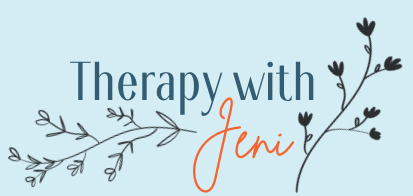Trauma's Lingering Doubt: When Your Body Can't Believe the Happy Ending

I recently found myself rewatching the Harry Potter films, which brought me back to when I first finished reading the series. I distinctly remember reaching the final pages of "Deathly Hallows" and feeling strangely unsettled by Voldemort's defeat. Despite witnessing his death on the page, I wasn't convinced he was truly gone. It was too easy. My mind raced with theories—perhaps the dust described as his disintegrating body would somehow magically reform. How could Harry possibly be certain that Voldemort was vanquished for good and that he was finally safe?
As this memory surfaced, I noticed a sudden shift in my body. My stomach dropped, my chest tightened, and tension spread across my heart space. In that moment of awareness, I recognized something profound: my childhood experiences of scarcity, neglect, and abuse had conditioned me to disbelieve that even a fictional character could actually be safe. Through my own lived experience, I had internalized that true safety was an illusion—the other shoe would always drop, the villain would inevitably return, evil ultimately prevails.
This realization illuminates something I frequently discuss with my therapy clients: childhood trauma manifests in incredibly nuanced ways throughout adulthood. Our nervous systems encode these early lessons, creating default responses that can be triggered in unexpected contexts—even while engaging with a fantasy novel. For me, this has translated into persistent difficulty believing in my own safety and difficulty fully relaxing. My sympathetic nervous system—that fight-or-flight response—remains on high alert, constantly scanning for threats that might not exist.
I've been actively engaged in my healing journey for about 14 years now, gradually learning to establish a sense of safety within my nervous system. The process involves recognizing these trauma responses when they arise, understanding their origins without judgment, and gently reminding my body to recognize cues of safety.
Recovery from complex trauma isn't linear—it ebbs and flows, with breakthroughs followed by setbacks. Some days, I can fully inhabit moments of peace; other days, I find myself waiting for Voldemort's dust to reassemble. What matters is continuing the work and honoring how far I've come.
I share this story hoping to normalize how trauma can emerge in seemingly unrelated contexts and validate that healing is an ongoing process, not an overnight transformation.
For those on similar paths: notice those moments when your body responds to perceived threats that may not be there. These are opportunities for healing—windows into how your nervous system learned to protect you. With patience and self-compassion, we can gradually expand our capacity to feel relatively safe in a world despite our trauma history.
The villain may indeed be defeated—both in fiction and in our lives—but learning to believe it takes time.












